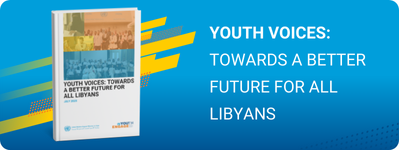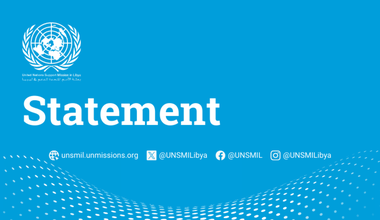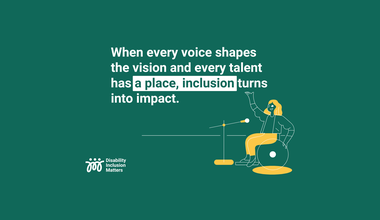UNICEF and UNMAS concerned by the continued loss of civilian lives due to unexploded ordnance in populated areas
TRIPOLI 23 November 2022 – This week another child tragically lost his life when he found and played with a grenade that was left behind by the warring parties in the conflict. His two brothers, standing near him, were severely injured.
UNICEF and UNMAS are deeply concerned by the continued loss of civilian lives, especially children, from explosive remnants of war and urge all Libyans to be aware of the risks.
The three brothers were grazing their sheep in the suburbs of Tajoura, northwestern Libya, when they found the grenade. The youngest, aged six, tried to collect it, causing an explosion and his tragic death. His two brothers, nine and 12, were severely injured, with one boy losing his hand.
“No matter where they are used, explosive ordnance endangers civilians for many decadesto come and, in particular children,” said Michele Servadei, Unicef Representative for Libya. “We call upon all armed actors to stop the use of explosive weapons in populated areas and to put in place measures to protect civilians, in particular children”.
“At least 39 people have been killed or injured this year in incidents related to explosive remnants of war,” said Justin Smith, Chief of the United Nations Support Mission in Libya’s (UNSMIL) Mine Action Programme. “Although this is a decrease compared to the 65 casualties in 2021, it is still too many. The risk to life of unexploded ordnance is real, and the challenge of clearing Libyan territory and raising awareness on the dangers remains.”
UNICEF and UNMAS are working with Libyan mine action partners to provide explosive ordnance risk education to people to raise awareness on the dangers and risks of mines and unexploded ordnance.
UNICEF and UNMAS also call on the government of Libya and the donor community to invest more resources to scale-up mine action activities. According to the Humanitarian Response Plan, currently 505,486 people are at risk of mines, UXOs and ERWs.
-ENDS-
##########
For more information:
Mr. Justin Smith, Chief Mine Action Programme, smith84@un.org +218 91 001 8974
Ms. Suad Almarani, Communications Specialist salmarani@unicef.org +218 912 508 648
About UNICEF Libya:
Since 2012, UNICEF has promoted the rights and wellbeing of children and their families in Libya. Together with our partners, we work throughout the country to reach children and their families through our Health, Nutrition, WASH, Education, Child Protection and Emergency Response interventions. We strengthen the linkages between humanitarian action and development programming, focusing special effort on reaching the most vulnerable and conflict-affected children, to the benefit of all children, everywhere in Libya. Libya | UNICEF
About UNMAS
United Nations Mine Action Service (UNMAS) has been in Libya since March 2011 and is an integrated part of the United Nations Support Mission in Libya (UNSMIL) as its Mine Action Programme. Numerous conflicts have exacerbated the level of explosive ordnance contamination and ammunition management issues in Libya. The use of heavy weapons in urban areas has resulted in widespread damage to homes, marketplaces, schools, hospitals, and other infrastructure. We work with Libyan institutions to effectively control weapons and ammunition, prevent illicit proliferation, and respond to the threat of explosive ordnance to enable people in Libya to live in a safe environment conducive to sustainable peace and development. Libya | UNMAS
 United Nations Peacekeeping
United Nations Peacekeeping UN
UN









